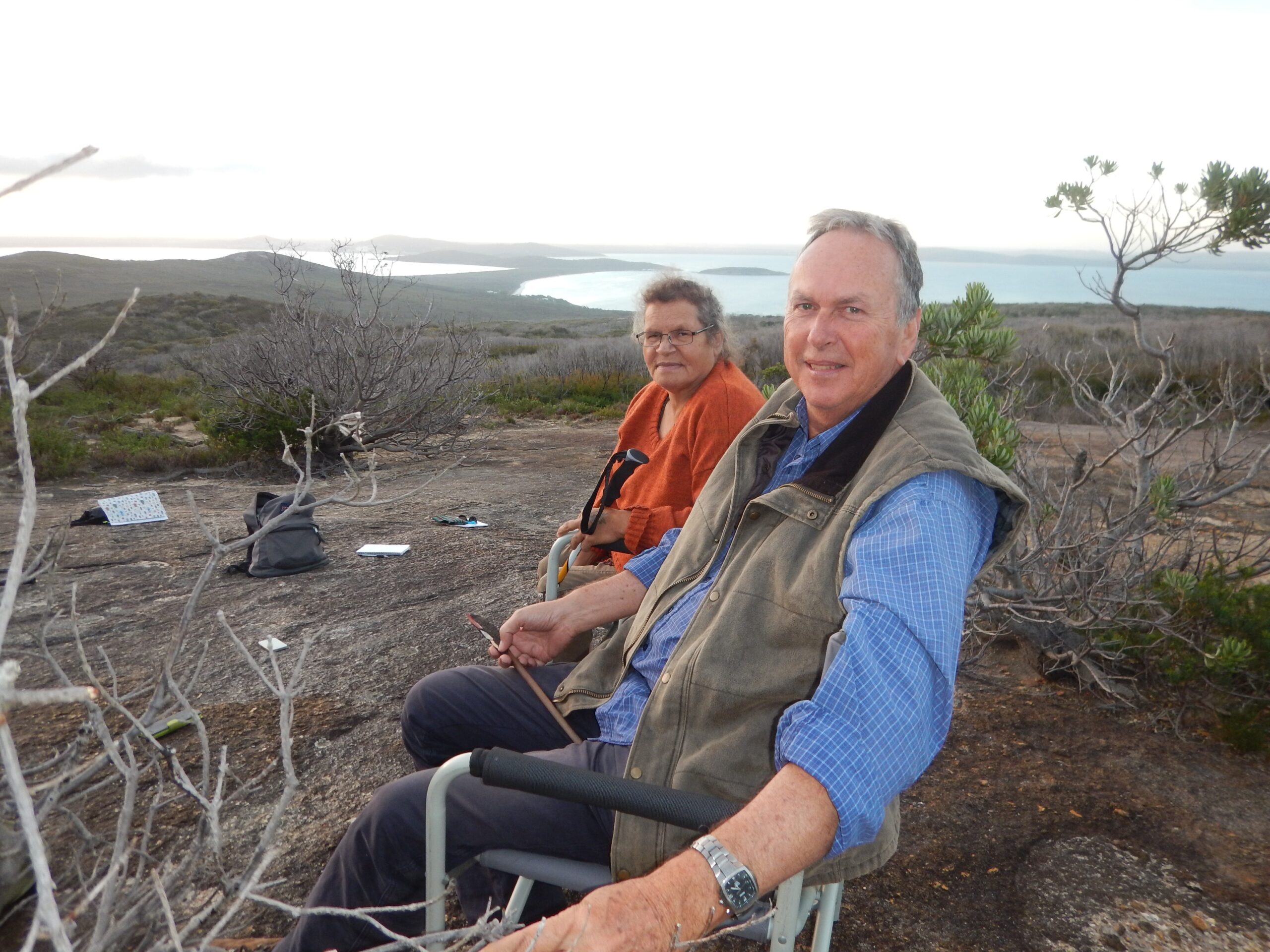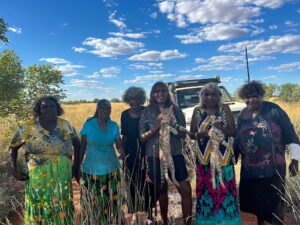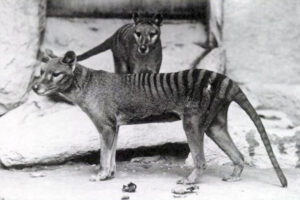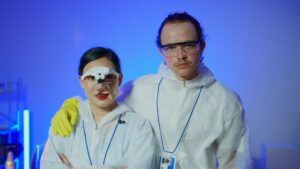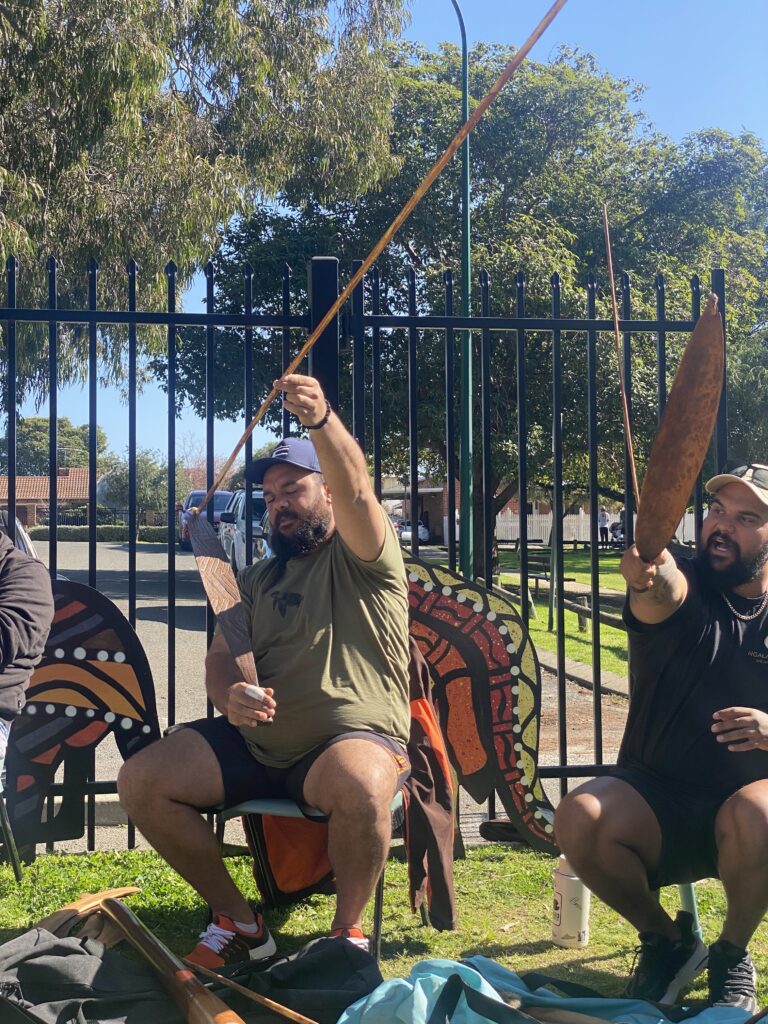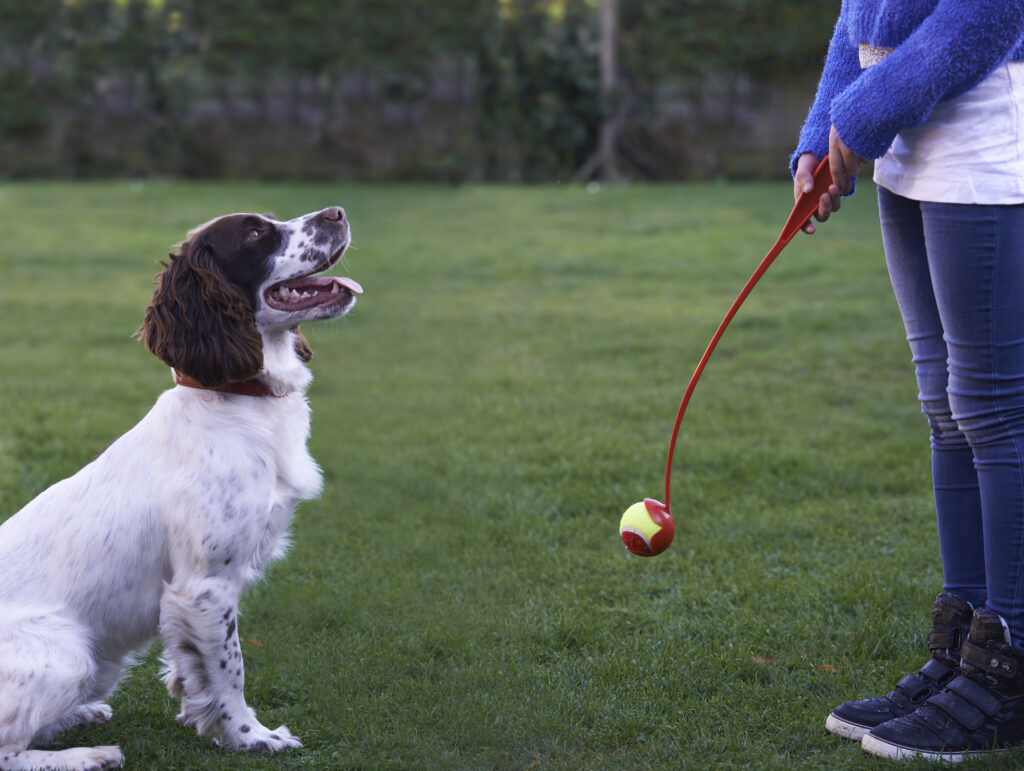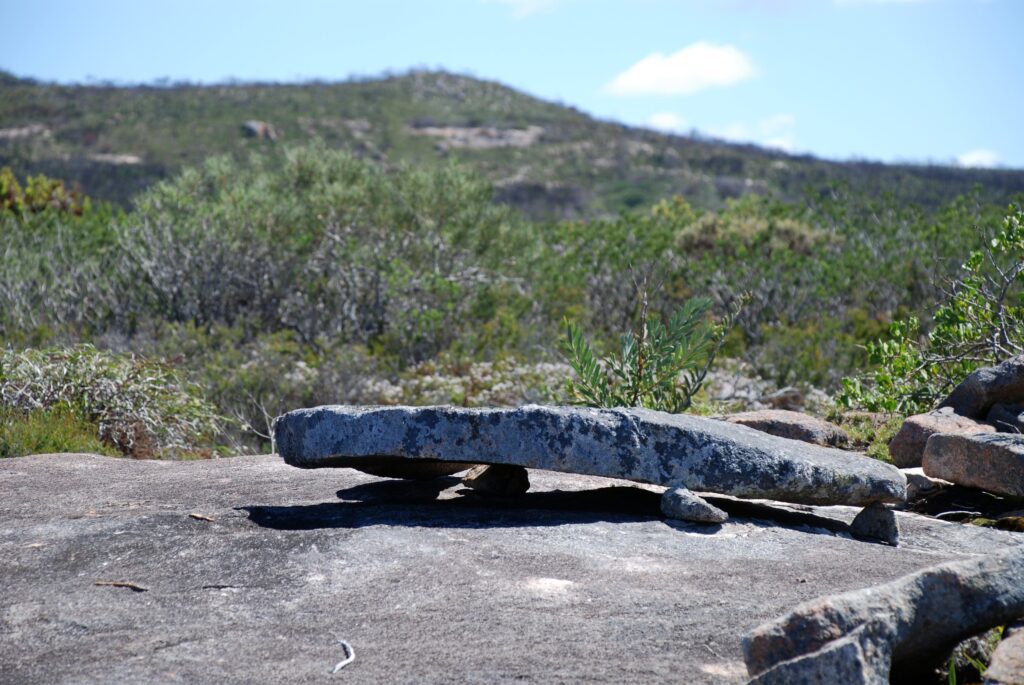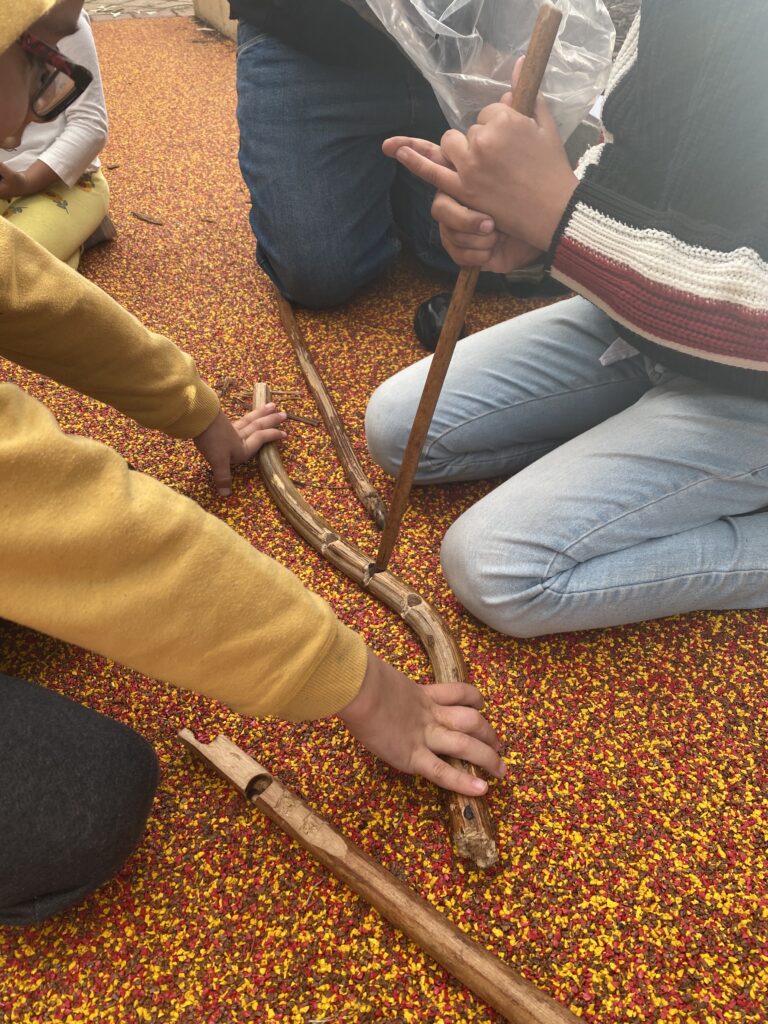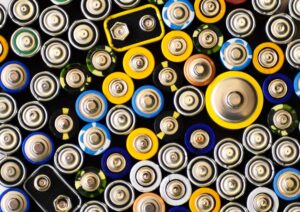Imagine it’s 65,000 years ago.
Wombats are the size of elephants and lizards are as long as buses.
Indigenous Australians know every part of their Country and manage it to perfection.
Fast forward to today.
“Modern civilisation … [has] overused the Earth to the point of ecological collapse,” says Dylan Collard, a Whadjuk-Ballardong Noongar man.
Conservation biologist Professor Steve Hopper agrees.
“The conservation of nature … is one of the big failures of Western society,” says Steve.
CARING FOR COUNTRY
While innovation is a bit of a buzzword right now, it’s nothing new for Indigenous Australians.
It was the theme of this year’s National Science Week. One of the events explored the question how can First Nations innovation and invention knowledge contribute to the sustainability of future industries?
It’s becoming increasingly acknowledged that Indigenous Australians’ land and sea management is innovative, sustainable and beneficial.
So how we can combine this deep, traditional knowledge with Western science?
COLLABORATE AND LISTEN
Noongar Elders Lynette Knapp and Noel Nannup work with Steve to study Noongar innovation.
Steve began working with Elders when he worked in Perth to “gain insight … about caring for Country”.
He’s lived in Albany for a decade but spent the first five years “getting a lay of the land”.
He had to find families who have continuous oral history and were “willing to talk to white fellas”.
“We go on Country and talk biology, and these people really get it,” says Steve.
“They teach me a helluva lot.”
MIRO-ACULOUS INNOVATION
Dylan says Noongar people’s innovation can be seen through their efficient and sustainable ways of living.
The miro – a spear throwing device – is one Dylan thinks is “pretty cool”.
“It’s a multi-use tool,” says Dylan.
“We didn’t wanna be carrying around 15 different items. The miro could be used as a digging tool, as a hammer or carrying dish.”
You may have unknowingly used a type of miro before.
The miro inspired ball throwers so dog owners could throw the ball further with much less effort.
“WHITE FELLA SCIENCE”
Steve’s working with five postgraduate students at the UWA Albany campus. The group is studying different Noongar innovations and consulting with Elders.
He says the projects are “major innovations we’ve become aware of through collaboration with Noongar Elders”.
Steve highlights that much of his work is co-published with Noongar Elders.
“It’s not all in English and white fella science way,” says Steve.
Three PhD students are studying cultural approaches to burning Country, lizard traps in granite and attitudes towards predators in farming.
One master’s student is studying the emu plum known as ‘koolah’ in Noongar language. Another is studying boorna gnamma, which are water sources in marri trees.
Boorna gnamma were carefully crafted along songlines so Traditional Owners could easily access water.
Steve says we’re only just beginning to understand this system.
TO(TEM)ALLY AWESOME
Yarning and totems are two great innovations in Noongar culture.
Totems are plants, animals or objects that link people or families to Country. They are more than spiritual emblems.
“Your totem becomes you, and you become your totem,” says Steve.
“If we just did that [totems] … in WA, we would have massive improvements in caring for Country.”
“HEAR OUR VOICE”
There are many innovations emerging from the research between Steve and Elders that could reshape how we interact with the land.
Burning Country is one of the most controversial.
The WA Department of Biodiversity, Conservation and Attractions (DBCA) uses industrial-scale prescribed burning of the Southern Forests region to mitigate bushfire severity by reducing fuel loads.
Noongar people use small-scale cool burns that target areas for camping and hunting. They avoid burning spiritual places.
Steve believes that, if science can incorporate some of the Noongar approach into DBCA’s practices, “the biodiversity outcomes would be fantastic and preserve cultural heritage.”
“If you listen to us and hear our voice, we actually do have things to contribute that can benefit everyone.” says Dylan.



